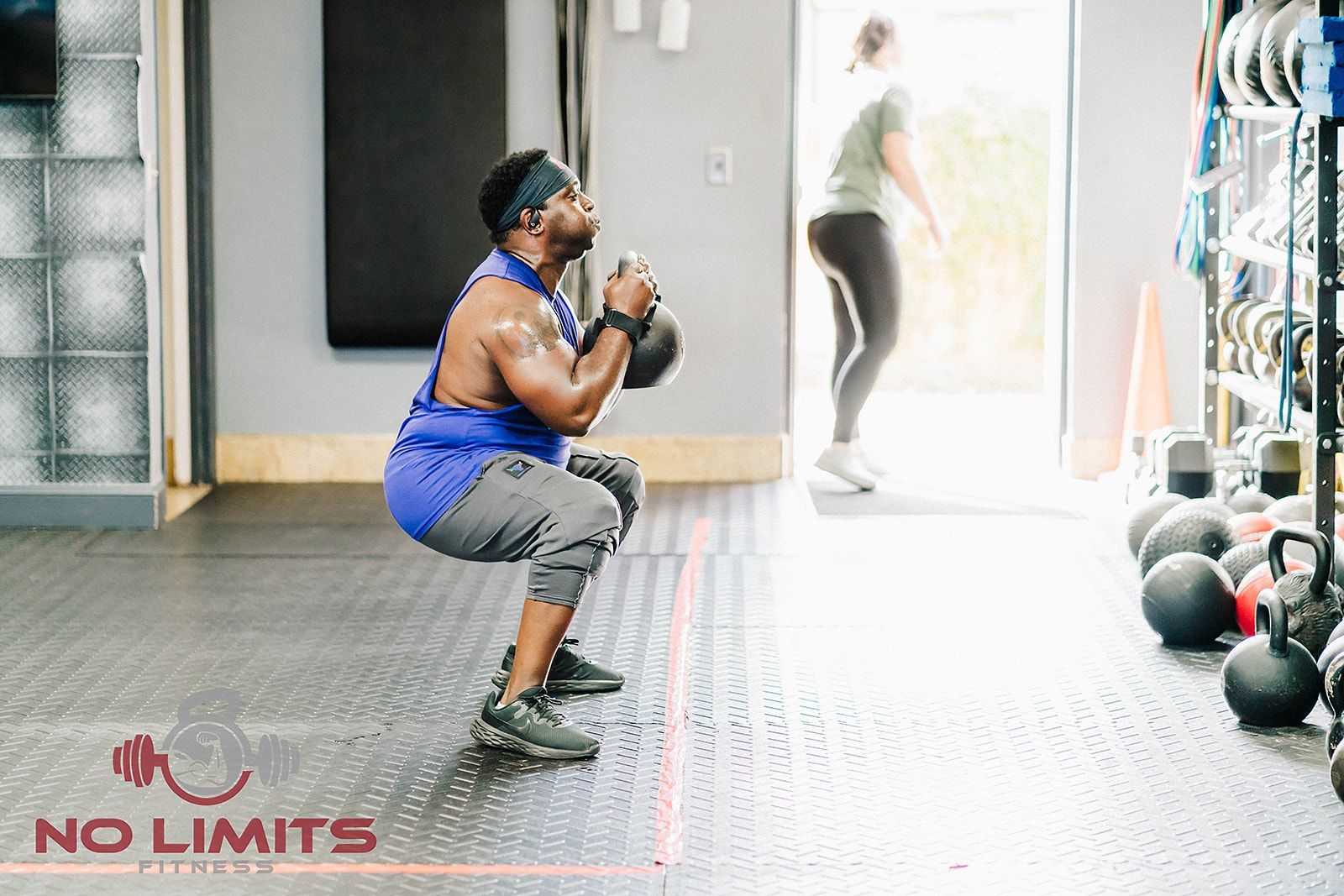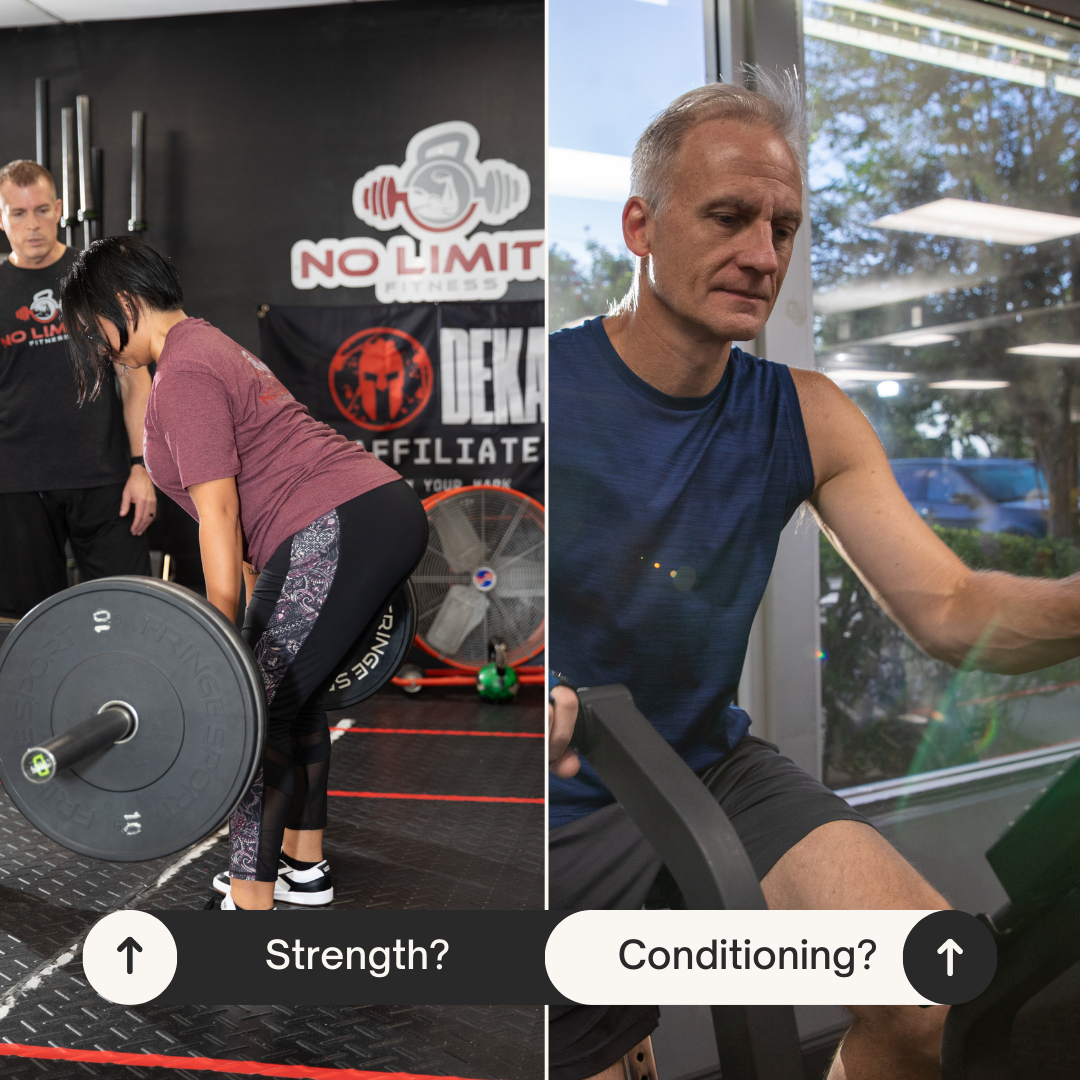BLOG

By Will Matthiessen
•
19 Apr, 2024
Crunches. The go-to core exercise for a lot of gym goers. Yet, it’s one of the worst ab exercises you can do. Shocking, I know. You’re probably wondering why it’s one of the worst. Crunches put force on your spine and oftentimes strain on your neck. They force your spine into flexion, which is generally what people are told not to do in order to protect their back. Aside from the pressure it puts on your spine, crunches don’t activate your core muscles to the extent that a lot of other dynamic core exercises do. If your goal is to have sculpted abs like a lifeguard on Baywatch, crunches are not your solution. Aside from the aesthetic aspect, a strong core is important for your body’s balance and stability, posture, and reduction of back pain and other injuries. If you want to develop a rock hard core, here is a list of exercises better than the old fashioned crunches that you can start incorporating into your workouts: The Hard Style Plank Put your forearms on the ground and your arms set shoulder width apart. Your arms should be parallel to your body. Once you’re up in the plank, imagine squeezing your elbows to your knees and your knees to your elbows. Don’t be surprised if you start shaking like a leaf as soon as you create that tension. Dead Bugs Lie on your back with your arms straight up and your hands above your shoulders. Bend your legs at a 90-degree angle with your toes facing up at the ceiling. Imagine pushing your belly button into the ground and keeping your body tight enough to where if someone was pulling on your limbs, you’d be able to resist it. Next extend your right arm and left leg at the same time, without touching the ground. Keep pushing your belly button into the ground to avoid arching your back. The right leg that is still bent should stay completely still while the other leg is in motion. Bring your arm and leg back into the start position and then switch sides. When it comes to Dead Bugs, one of our favorite sayings applies: “Slowly is holy. Faster is disaster.” If you want to increase the intensity, add a kettlebell to the stationary arm. If you want to significantly increase the intensity, press the kettlebell once you’ve reached the fully extended position. Reverse Crunches Lie down flat with your back on the floor and your legs straight down, toes pointed up. Press your lower back into the floor and pull in your belly button as you lift your legs together up off the floor. Push your heels through the ceiling at the top and slowly lower them back to the ground. Fun, right? Double Kettlebell March Hold two heavy kettlebells in the racked position. Pull your belly button to your knees and your knees to your belly button to find max tension in your core. Once you feel that tension, slowly lift one knee up 90 degrees and then switch legs. Hollow Rocks I’ve saved the worst (I mean best) for last. Lay down on the ground with your legs a little bit off of the ground as well as your shoulder blades and head. With arms extended over your head, rock back and forth like a banana rocking back and forth on a counter. Or a see-saw…take your pick. Alright, now that I’ve given you the secret sauce to getting rock hard abs, it’s time to get to work people!

By Juan Perez
•
05 Apr, 2024
One of the first recommendations you’ll hear for someone wanting to lose weight is to begin by counting calories. Although weighing your food and counting calories does work for some people, the reality is that this approach to weight loss has an astonishingly high failure rate. If this strategy is “based in science”, why does it fail more than 95% of the time? The Top 3 Issues With Counting Calories The number of calories in the foods you eat are estimates. This is where the concept of counting calories being “based in science” can be misleading. The FDA allows companies to use 5 different formulas to estimate calories and a standard deviation up to 20% is acceptable. This means that something listed as 150 calories exists on a range between 120 calories and 180 calories. How ripe is your banana? The ripeness affects caloric availability. The second issue is that as individuals we each absorb a different amount of the calories from the food we consume. Thirdly, Americans are notoriously bad at determining healthy portion sizes. Our super-sized culture has heavily influenced our concept of a normal sized portion. The good news is that there is another way to lose weight without counting calories. The Three Pillars of Nutrition Whether or not you’re a card-carrying member of Camp Calorie Counters, the foundation of your nutrition is built upon three pillars: Food Quality, Food Quantity and Food Timing. Food Quality All calories are not created equal. The popular 100 calorie snack bags do not offer the same nutritional value as 100 calories from fruits or vegetables. When the majority of your meals are composed of minimally processed single ingredient whole foods (lean protein, fruits and vegetables), you’re more likely to get the micronutrients your body needs to thrive. Food Quantity As mentioned earlier, Americans aren’t known for our skills at eyeballing healthy portion sizes. Although using a food scale to determine portion sizes can be helpful, it isn’t always practical. This is the reason we recommend learning to use your hand as a guide to determine portion sizes. You can’t take a food scale with you everywhere you go but you’re always allowed to bring your hands!

By Chava Cruz
•
07 Mar, 2024
There are six fundamental movement patterns that every good program will include. Push, pull, hinge, squat, lunge, and loaded carry. These are all everyday movements that our bodies need in order to function more efficiently. Push Incorporating a variety of push exercises like the bench press, shoulder press, triceps presses and push-ups will help strengthen your upper body muscles. These exercises primarily target our chest, shoulders and triceps. Don’t want the wings under your arm that shake real bad when you wave? Start pushing. We use push movements with tasks as simple as pushing doors open and pushing grocery carts to more difficult tasks like lifting ourselves up from a seated position. Pull Pull exercises are the counter to push, creating a balance. They primarily target our back, biceps and rear delts. It is crucial to have just as many pulls in your plan to avoid injury and overuse of your upper body muscles. Some popular pull exercises include bent over rows, single arm row, lat pull downs and trx rows. Aside from your muscles getting stronger, these exercises will improve your posture and help you pick things up like kids and animals. No kids or animals? You still have to pick up groceries or laundry, nice try. Hinge Hinging is something we do often without realizing it. It primarily targets our hips, lower back, glutes and hamstrings. Some of the most common hinge exercises are deadlifts, kettlebell swings, and hip thrusts. Performing hinge movements will help improve your stability, flexibility and hip mobility on top of strengthening your lower body. The more mobile and flexible you are, the easier it is to move. Hinge exercises will also stabilize your core muscles which is the root of everything. Daily tasks that mimic the hinge movement are bending over to lift heavy objects and bending to prepare to sit or stand. Squat Similar to pull being the counter to push.. The squat is the counter to hinge. You shouldn’t have one without the other. It’s kind of like having a plate of food without the silverware. You could do it, it’s just going to get messy. Squats primarily target the quads, hamstrings and glutes. Some of the most common types of squats include goblet squat, back squat, front squat, overhead squat and sumo squat. Performing these exercises will strengthen your lower body muscles and improve your core and stability. Daily tasks that involve squats include lifting heavy objects (after you’ve performed a hinge to go and get it), sitting down and standing up. Lunge Everyone's favorite, lunges. Aside from creating rock hard quads, the lunge is essential to a functional body and injury prevention. Reverse lunges, forwards lunges, lateral lunges and split squats are all examples of what you can incorporate into your program. Imagine falling and not being able to get back up. Not everyone wants to rely on life alert. Practicing and staying consistent with lunges will help allow you to avoid a fall in the first place because of the stability they create, but also to be able to actually get yourself up off of the ground when you need to. Loaded Carry Ah, loaded carries. You either hate them or love them but either way you’re going to be stuck doing them at some point. Loaded carries create a strong core which in return helps with your balance and stability. They will also improve your grip strength. Carrying groceries from the store to your car becomes a lot easier the more you practice these. Different types of carries include farmers, suitcase, racked, overhead, and mixed. We carry things every single day and we do it in different ways depending on the object. Include a variety of carries in your program so you’re prepared to carry anything. Conclusion Performing all six of these movement patterns every week will ensure that you are moving better day to day. The better we function and move properly, the better we feel and the healthier we will be. If you would like to meet with one of our experienced personal trainers to discuss incorporating these 6 movement patterns in your training program, click on the button below to schedule a free consultation.
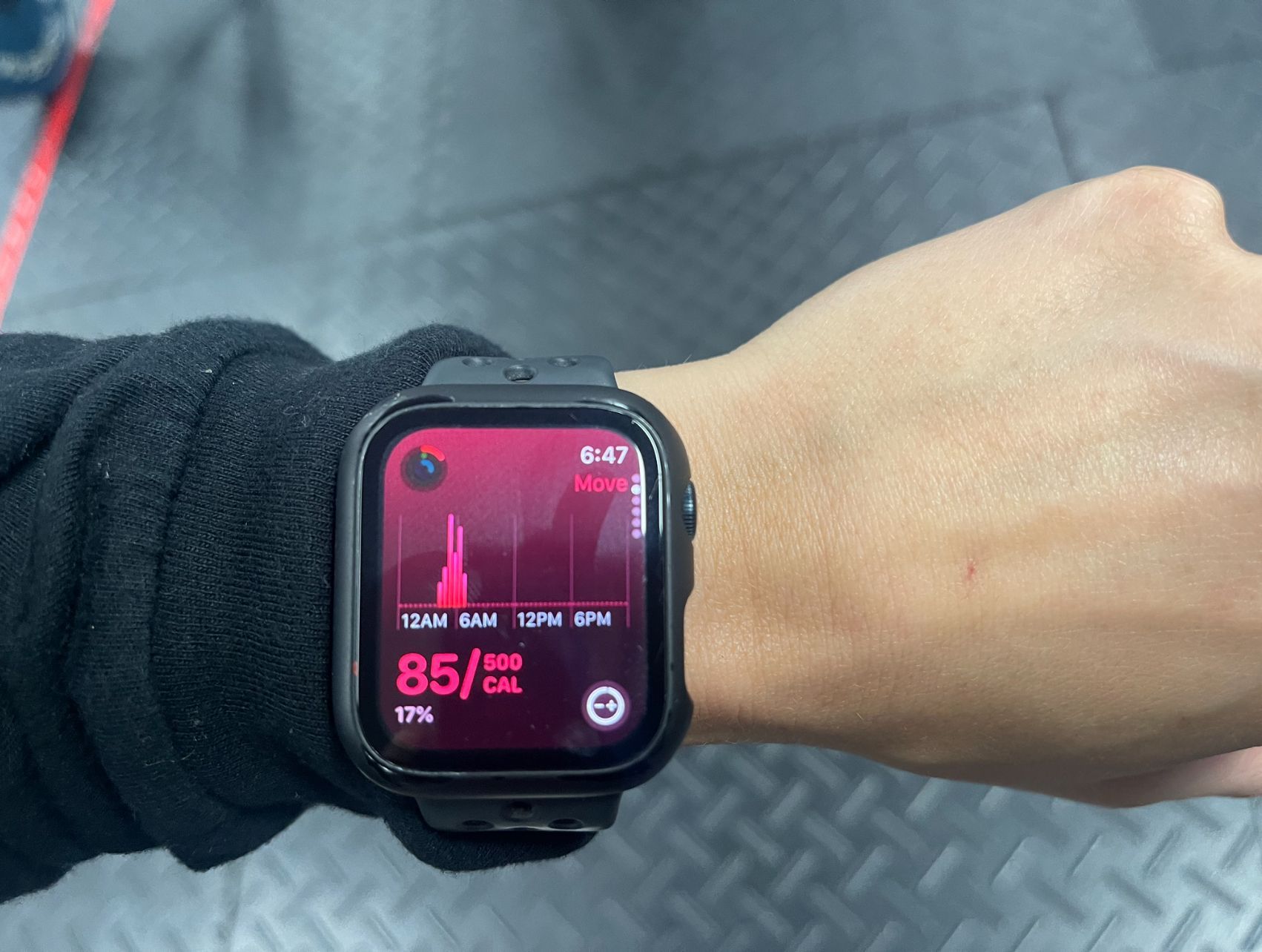
By Juan Perez
•
16 Feb, 2024
We can totally relate. Almost everyone who has access to a smart watch or fitness tracker has at some point assessed the quality of a workout by the number of calories burned. You’ve pushed yourself to finish a difficult workout and that number is just staring you in the face. And you’re first thought is…that’s it? Despite my best efforts, on a very regular basis I’ll hear someone comment with a disappointing tone about the number of calories they just burned. Fitness wearables on the whole are positive. These devices provide valuable biofeedback and insights into our activity. People wearing fitness tracking devices tend to focus on increasing their healthy activities. I’m a huge advocate for heart-rate training and my intention with this post isn’t to discourage the use of fitness tracking devices. I do however want to raise public awareness that Calories Burned is the worst metric you could track with your workouts. Now that I’ve made my claim, here are the top 5 reasons why you should stop paying attention to the number of calories burned in your workout. Fitness Trackers Don’t Accurately Measure Energy Expenditure In 2017, Stanford University studied the seven most popular fitness devices. While six out of the seven measured heart rate within 5% accuracy, none of the devices accurately measured energy expenditure (calories burned). The most accurate device was off by 27% and the least accurate was off by 93%. These devices are based on a formula that doesn’t take into account your individual metabolic rate, the muscles you’re working or the weight you’re using. In early 2024, we had someone wear two fitness trackers while working out on equipment that also calculated calories burned. The reported calories burned on the fitness trackers differed by more than 300 and the fitness equipment was significantly lower than both wearables. Burning More Calories Doesn’t Mean Better A well-rounded fitness program will include both strength training and conditioning that incorporates both high and low intensities. Focusing exclusively on maximum calorie burning would be the nutritional equivalent of only eating foods with higher amounts of Vitamin C. There are other vitamins, micronutrients and macronutrients needed for optimal nutrition. Imagine driving your car in such a way that you maximized the RPMs of your engine. You wouldn’t expect the engine to last and you shouldn’t drive your body that way either. Strength Training Matters Too Focusing on calories burned usually leads to focusing on conditioning (commonly referred to as cardio). For reasons mentioned earlier, fitness trackers don’t capture the entire picture when it comes to strength training. Adding lean muscle to your frame with strength training will improve your metabolic rate which allows you to burn more calories on a daily basis. While conditioning workouts tend to burn more calories in a given workout, this comparison doesn’t tell the entire story. Conditioning workouts won’t help you increase your lean muscle tissue or the number of calories you burn when you don’t workout. This is one of the reasons strength training should be included in your fitness routine. Improved Efficiency Results In Less Calories Burned When you regularly perform a given exercise, you tend to improve your efficiency with that exercise. As your movement quality improves, your body requires less energy to perform the same amount of work. If calories burned is the ultimate metric, you’re looking at continually increasing the amount of exercise you do just to burn the same number of calories. Someone who has been exercising for less than one month will burn significantly more calories performing walking lunges (or any other exercise) than the person who has been exercising for 5 years. The goal is to get better so you can improve your efficiency and movement quality. The Constrained Model of Total Energy Expenditure In his book Burn, Herman Pontzer describes his findings from research on the Hadza, a tribe of hunter gatherers. His research has blown the lid off everything the fitness industry THOUGHT it knew about burning calories. It turns out that we burn calories in a very narrow range...regardless of our physical activity. Hunter-gatherer tribes were only burning a few hundred calories per day more than a sedentary desk jockey. When we burn additional calories with our training, the body takes away energy from other areas such as reproduction, digestion, recovery, etc. You can't burn a never-ending amount of calories in a day because it requires both time AND energy to turn your food into the ATP your body can use as fuel. This also explains why simply adding more exercise doesn't equate to weight loss...even when caloric intake is controlled. What To Focus On Instead of Calories Burned As mentioned earlier, we are huge advocates of heart rate training, and we recommend using Morpheus. These devices take several metrics into consideration in determining your daily recovery score which then impacts your heart rate zones for the day. Morpheus also provides you with weekly targets for the 3 heart rate zones. This ensures you are building an aerobic base without compromising your recovery with too much higher intensity work. Training at the right volume and intensity for you as an individual produces the best results with the Minimum Effective Dose.
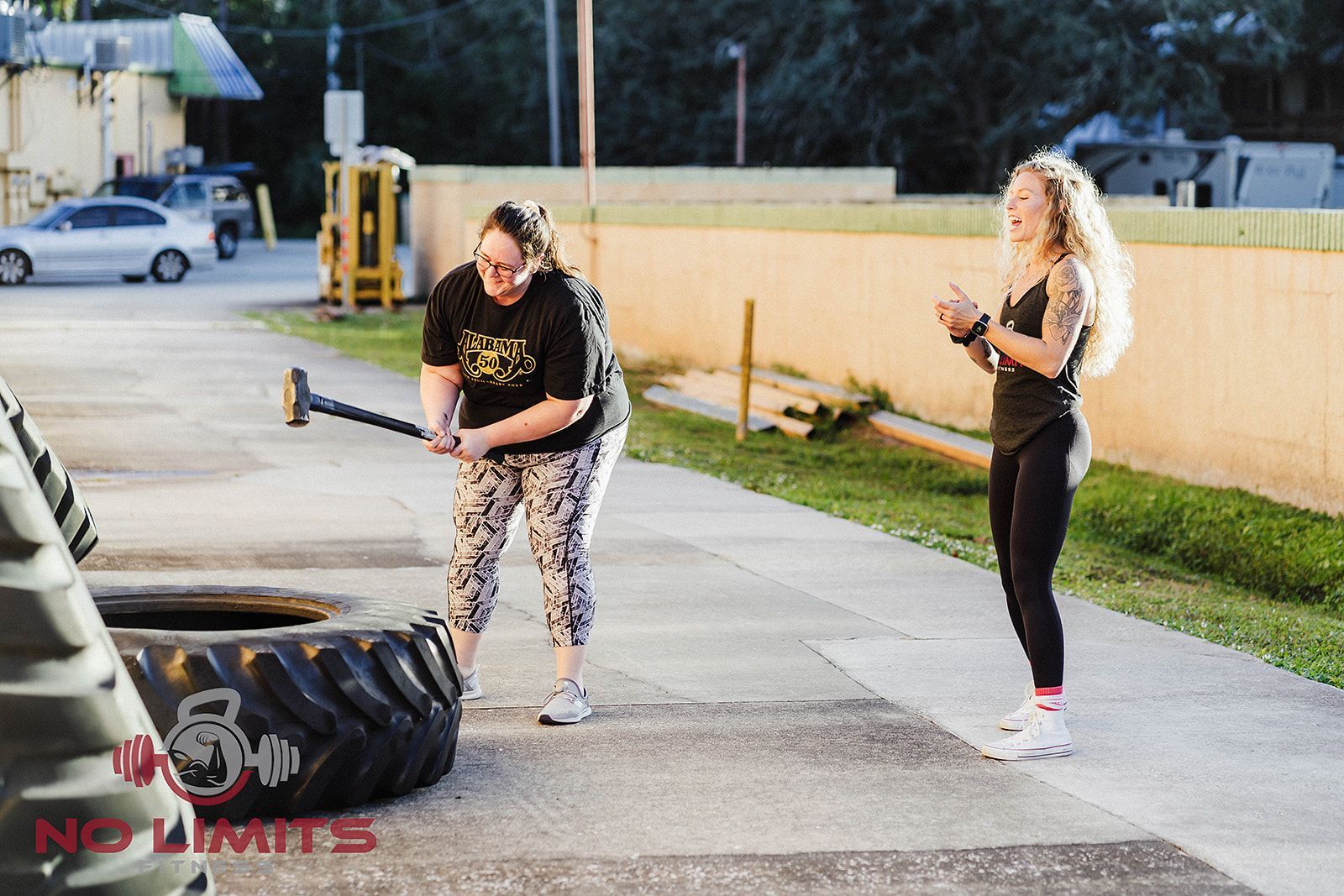
By Juan Perez
•
08 Feb, 2024
Accountability Accountability is something adults often forget we need just as much as children and teenagers do. The older we get, the less people we have holding us accountable for our own actions. That might just be your missing piece. In health and fitness, most people need someone to hold them accountable along the way because it’s easy to make excuses or blame our busy schedules and have no one to check us. Here are a few different ways to stay accountable in order to reach your health and fitness goals. Set Specific Goals Sit down and figure out what specific goals you want to accomplish. When you set your goals, make sure they are measurable and realistic. Track your progress and be considerate of any time frames you give yourself. Want to workout 5 times a week but can’t even get to the gym consistently three times a week? You are already setting yourself up to fail. Want to run a half marathon at the end of the month but haven’t been running at all? Need I say more… Oftentimes people assume if they dive headfirst that’s the only way they are going to succeed. When the truth is quite the opposite. It’s like when a smoker tries to quit smoking cold turkey. It just doesn’t work. Set a plan and take the steps necessary to achieve it. You can’t skip steps and expect the reward. Seek Support Support from friends, roommates, family or even co-workers can help keep you on track. If you live with others, their lifestyle is likely to affect yours. Having the support of people within your household will only make your journey easier. If you need to change your nutrition habits, living with people who buy junk food at the grocery store is going to make things a lot more challenging for you. Having support and partnering up with a co-worker or friend could be a good way to stay accountable. Accountability partners work together on similar goals; sometimes people just need that buddy with them for an extra push. However, this can go downhill quickly when one drops off. If your friend has been having just as much trouble as you have been, partnering up is not going to make the difference. Remember we want to set ourselves up for success, so find someone who’s already motivated and doing it themselves. You are the average of the people you spend your time with. Surround yourself with people that bring out the best in you. Hire A Coach If you’ve tried the points mentioned above and failed, it may be time to find a quality trainer. And be sure to research before you go picking one. There’s plenty of fish in the sea. But that doesn’t make them all great for you. Hiring a coach is arguably the best way to stay accountable when you are serious about your fitness goals. A good coach will call you if you don’t show up for a session. A good coach will check to see if you did your “homework” whether that be filling out your nutrition log or doing the at home workouts you said you would do. A good coach will do everything in their power to keep you in check… And that makes all the difference. Nobody wants to disappoint others. Many people just like to know that they have someone else who cares about them and their goals. The accountability and push a coach can give you is sure to set you on the best track to achieving those milestones. If you want to see if the personal trainers at No Limits Fitness would be a good fit for you, click the button below to schedule a free consultation.
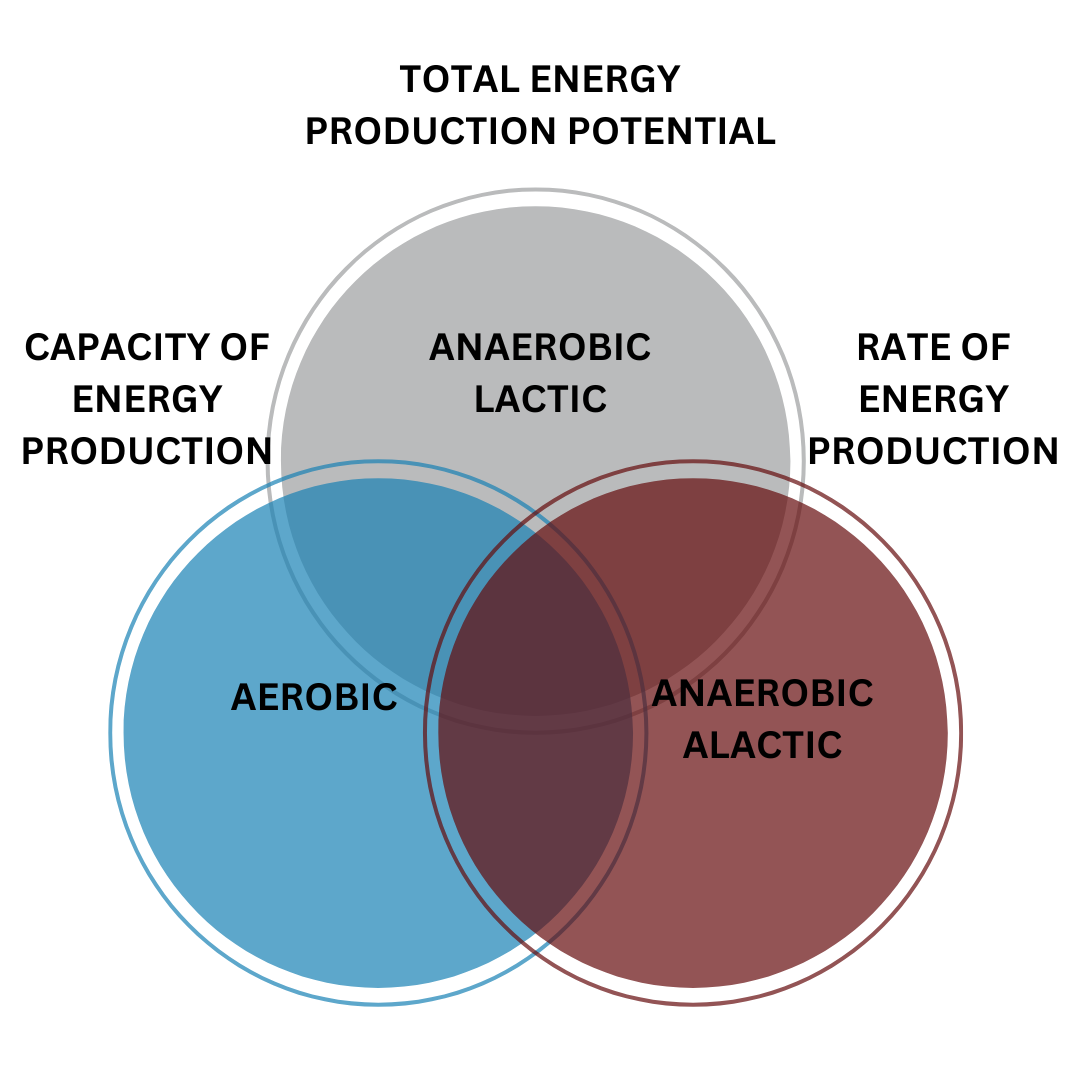
By Juan Perez
•
29 Jan, 2024
When it comes to improving your conditioning, it helps to have a solid understanding of the roles of each energy system and the two sides of the conditioning equation: energy production and energy expenditure. Power vs. Endurance Most people focus their conditioning efforts on one side of the equation…trying to produce more energy. They believe that the more tired they become, the more their conditioning will improve. However, when fatigue is the main goal, technique and movement efficiency are compromised. This would result in training to expend more energy than necessary. Making yourself more tired won’t necessarily improve your conditioning. The other side of the equation is energy expenditure where the lowest energy cost for an activity allows you to sustain it for a longer duration. By controlling your technique, pace and energy, you can improve the efficiency of your energy expenditure. As stated by the world’s leading conditioning expert Joel Jamieson, “your body wasn’t designed to have the fuel efficiency of a Prius and the horsepower of a top fuel dragster.” As you can see in the image below, as power (rate of energy production) increases, the duration of energy production decreases.
Luci
Doug
Tasha
No Limits Fitness helps busy professionals lose weight, get stronger and have more energy so they can lead the lives of their dreams...even if they've tried before and failed.
SERVICES
CONTACT INFORMATION
© 2024
All Rights Reserved | No Limits Fitness | Privacy Policy



